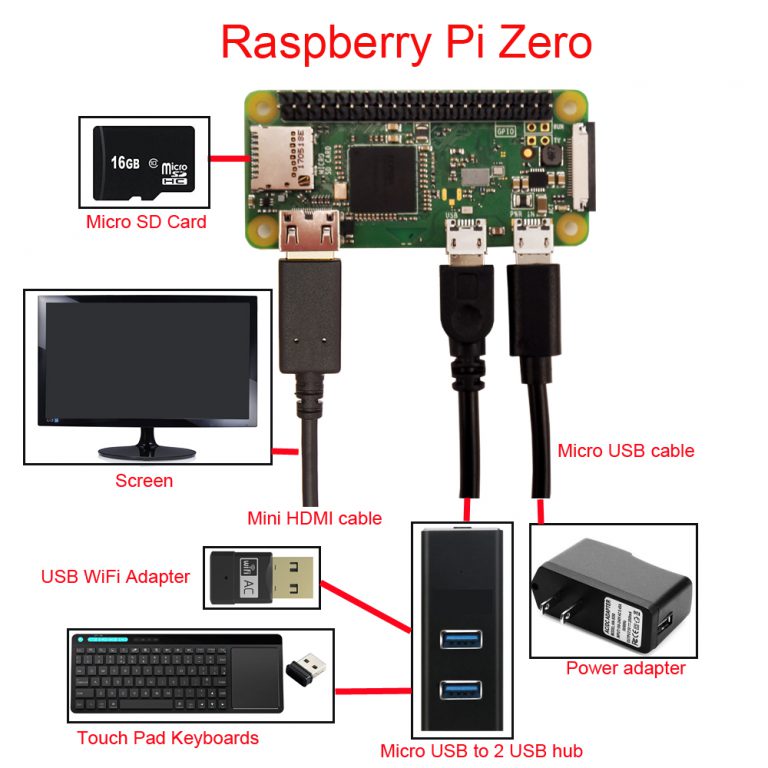
For example, mv examplefile.txt /home/pi/office/ moves examplefile.txt in the current directory to the /home/pi/office directory.

mv XXX: Moves the file or directory named XXX to a specified location.mkdir example_directory: Creates a new directory named example_directory inside the current directory.ls -l: Lists files in the current directory, along with file size, date modified, and permissions.cp /home/pi/documents/examplefile.txt /home/pi/office/ copies the file from the documents directory to the office directory). If the file is not in the current directory, add the path of the file’s location (i.e. cp examplefile.txt /home/pi/office/ copies examplefile.txt in the current directory and pastes it into the /home/pi/ directory. cp XXX: Copies the file or directory XXX and pastes it to a specified location i.e.cd /abc/xyz: Changes the current directory to the /abc/xyz directory.cat example.txt: Displays the contents of the file example.txt.startx: Opens the GUI (Graphical User Interface).shutdown -h 01:22: To shutdown at 1:22 AM.shutdown -h now: To shutdown immediately.raspi-config: Opens the configuration settings menu.

#Raspberry pi startx command not found software
apt-get upgrade: Upgrades all of the software packages you have installed.Use it before installing new packages to make sure you are installing the latest version. apt-get update: Synchronizes the list of packages on your system to the list in the repositories.
#Raspberry pi startx command not found pdf
To see a list of all the other available options for a command, enter the command, followed by -help.īONUS: Download a PDF version of this list so you can keep it handy and refer back to it whenever you want. Most of the commands below have a lot of other useful options that I don’t mention. After entering sudo su, you’ll see the command prompt, and all subsequent commands will have super user privileges. You can access root mode by entering sudo su at the command prompt. You’ll frequently see the prefix sudo before commands, which means you’re telling the computer to run the command with super user privileges.Īn alternative to entering sudo before each command is to access the root command prompt, which runs every command with super user privileges. Some tasks can’t be performed with basic privileges, so you’ll need to enter them with super user privileges to perform them. One is a user mode with basic access privileges, and the other is a mode with administrator access privileges (AKA super user, or root).

There are two user “modes” you can work with in Linux.


 0 kommentar(er)
0 kommentar(er)
